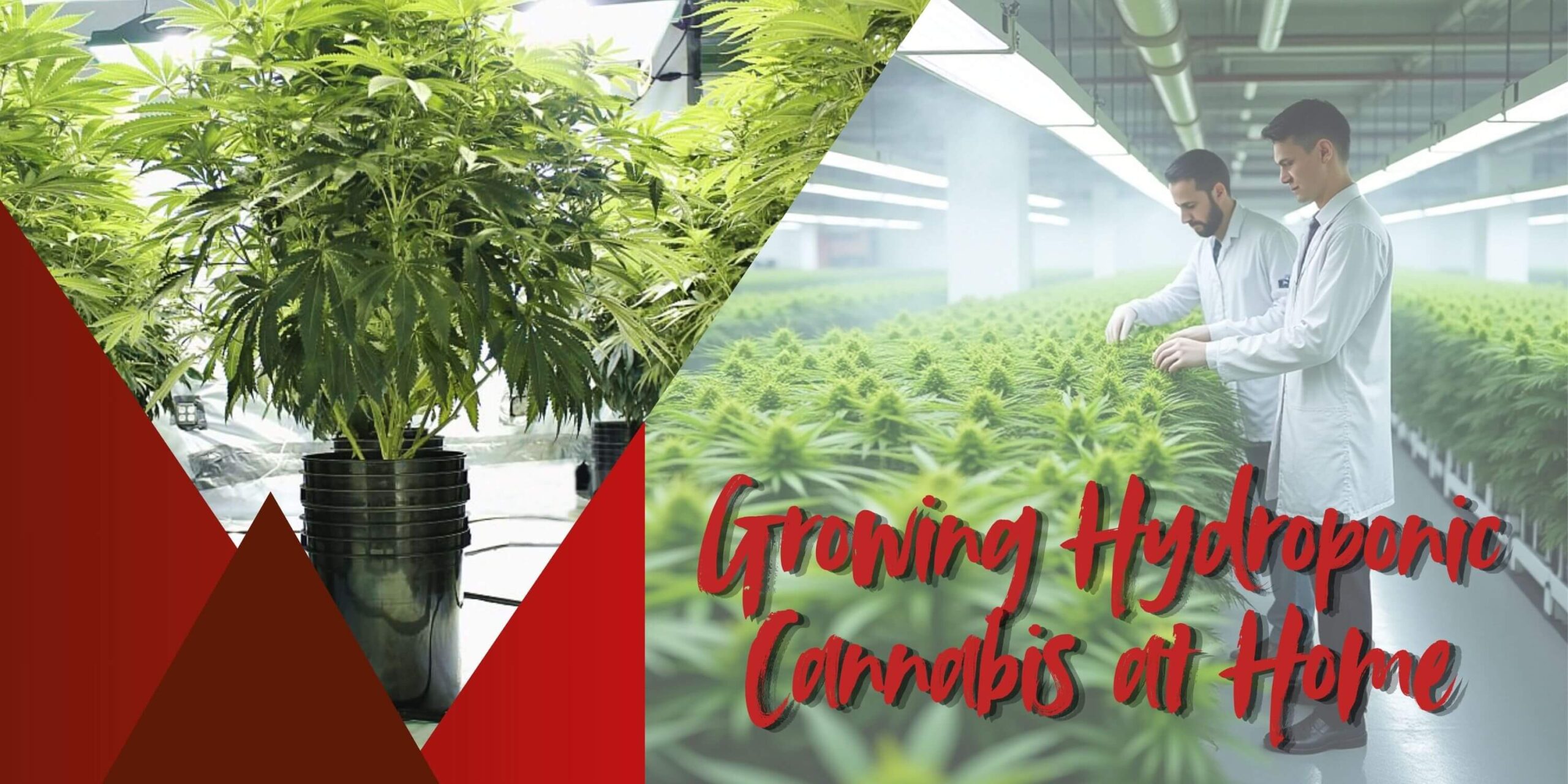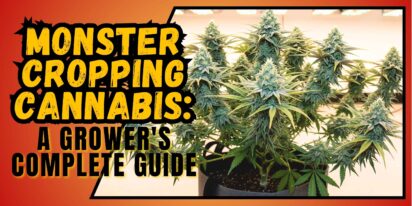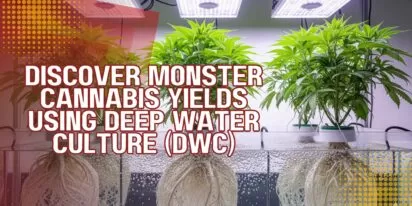Growing hydroponic weed lets you manage fertilizer delivery more than ever and lets you get faster growth and more production. Whether you are a hobbyist or an ambitious commercial grower, hydroponics provides a simplified approach to generating clean, strong buds in a soil-free environment. Every stage is precisely described in this book to assist you in setting up, maintaining, and optimizing your hydroponic growth for the best outcomes.
Understanding Hydroponics: Why Soil-Free Growing Operates
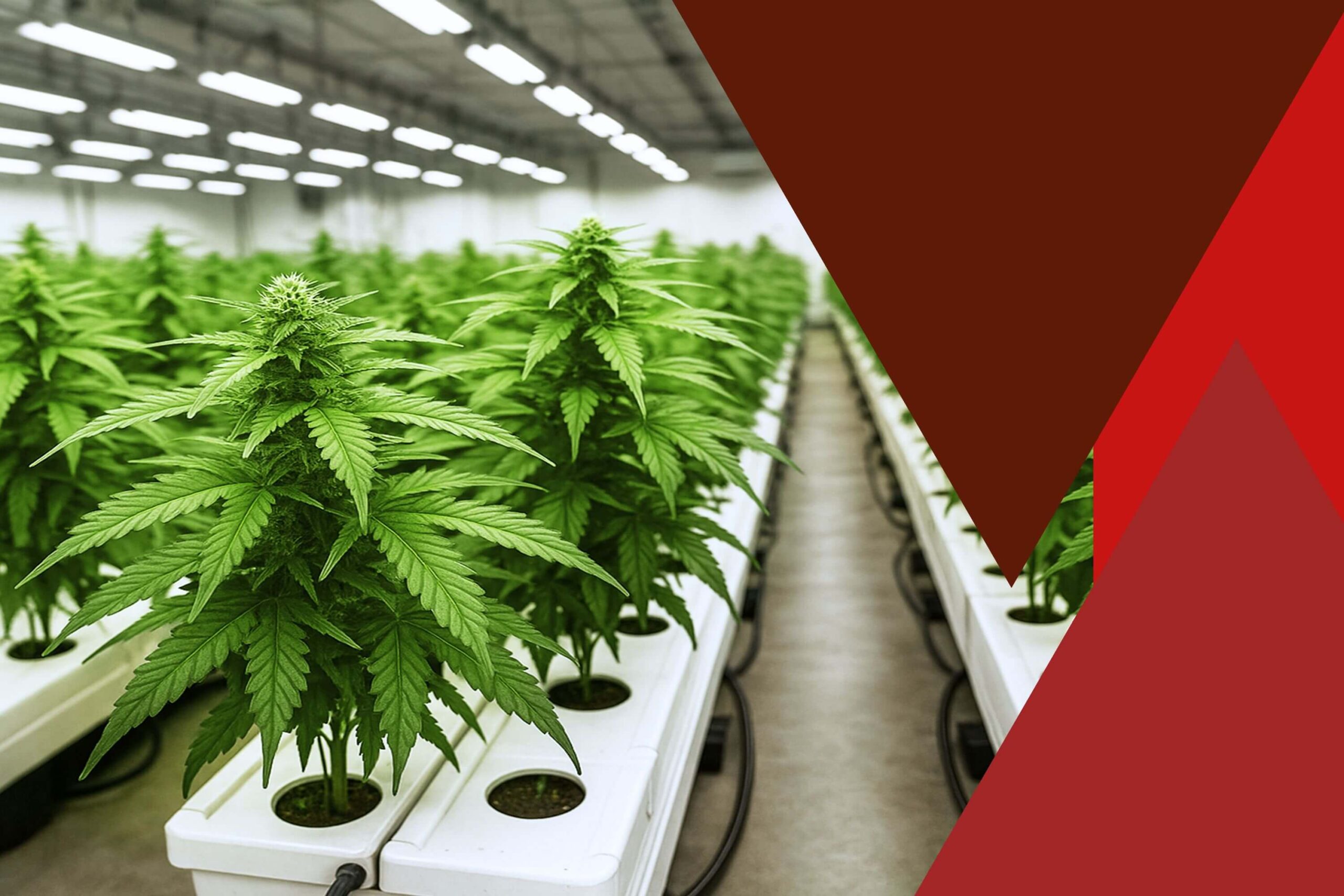
Hydroponics is a way of growing plants in a nutrient-rich, water-based solution devoid of soil. Direct availability of oxygen and necessary nutrients for the roots encourages quicker growth cycles and more output. In cannabis growing, hydroponics marijuana lets farmers fine-tune environmental conditions and feeding schedules for optimal terpene and cannabinoid production.
No soil means not many pest and disease issues. Water provides all the nutrients, allowing for immediate handling of deficiencies and toxicities. Hydroponic systems are also more sustainable since they consume less water overall than conventional techniques.
Top Hydroponic Systems for Growing Cannabis
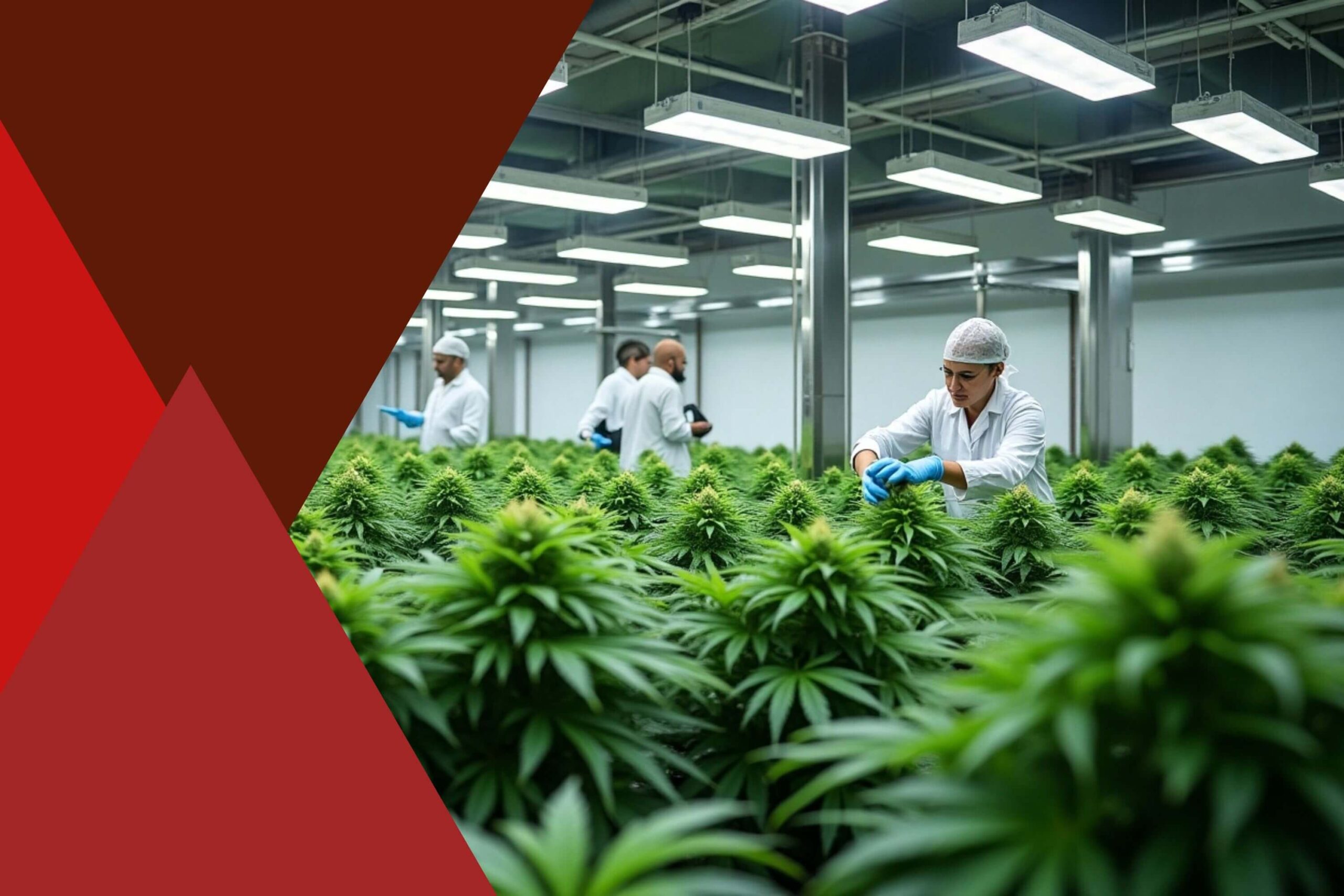
Deep Water Cultivation
Its simple design and low-moving components make Deep Water Culture perfect for novices. Net pots hanging above a reservoir full of nutrient-rich water hold the plants. Connected to an air pump, air stones constantly oxygenate the water, therefore preventing root rot and encouraging explosive root growth. Cannabis plants in DWC systems often grow quicker and create stronger stems and denser blooms with continual availability of nutrients and oxygen.
Though it is straightforward, DWC calls for vigilance. To prevent infections, water temperature has to be maintained between 18 and 20°C (65 to 68°F). pH and EC levels need regular adjustment. The reward, therefore, is a responsive system that obviously indicates plant health or stress and enables rapid modifications.
Nutrient Film Technique (NFT)
For individuals looking for a constant flow system, NFT systems provide very effective weed hydroponics systems. We place plants in a slanted tube to continuously cover their naked roots with a thin layer of water. While keeping excellent oxygen availability, this system utilizes very little nutritional solution. NFT is most appropriate for lightweight strains with small root systems.
NFT’s drawback is its dependence on a constant flow. Pump action or power interruptions can rapidly cause root dryness and plant stress. Experienced growers choose to employ it since they are certain to preserve continuous functioning and have a backup power supply available.
Ebb & Flow (Flood & Drain)
Ebb and flow systems provide excellent oxygenation and root development by alternating between filling the grow tray with a nutritional solution and emptying it back into a reservoir. A timer usually controls these cycles. Plants gain from both oxygen uptake during droughts and nutrition absorption during floods. Rockwool, clay pellets, or coco coir in pots or trays all benefit from this approach.
Growers using this approach may customize irrigation frequency depending on the stage of growth, ambient circumstances, and container size. Algae accumulation, overwatering, or timer failures can create problems; therefore, consistent system cleaning and monitoring are necessary.
Irrigation via Drip
Farmers prefer drip systems due to their precise fertilizer supply and adaptability across a range of plant sizes. Small emitters give farmers fine control over feeding frequency and amount by dripping the nutrient solution straight into the root zone of every plant. High-density growth benefits greatly from drip irrigation, which may be automated easily.
Drip emitters can eventually clog from organic particles or mineral accumulation. Thus, regular cleaning and filter use are absolutely vital. Drip irrigation systems can encourage strong growth and save water and nutrients with good upkeep.
Aeroponic systems
Aeroponic systems are the apex of hydroponic invention. In this configuration, a fine spray of fertilizer solution mists at intervals over cannabis roots suspended in the air. Oxygen surrounds the roots, hence maximizing the effectiveness of plant metabolism. This hydroponic system for weed usually produces the quickest growth rates and the most terpene and cannabinoid expression.
Aeroponics, on the other hand, calls for a great deal of accuracy and upkeep. The root chamber has to be sterile, nozzles have to stay unclogged, and misting cycles have to be precisely scheduled. Although not perfect for novices, seasoned growers can get fantastic outcomes with this approach.
Equipment Needed to Begin Growing Hydroponic Cannabis
Successful hydroponic growth begins with gathering the appropriate tools and supplies. Maintaining plant health and environmental stability depends on every component playing a vital function. To guarantee the best circumstances all through the plant lifetime, your grow space—whether it’s a closet, tent, or dedicated room—should be light-tight, clean, and climate controlled.
One of the most important investments is lighting. Because of its efficiency, lifetime, and capacity to cover both vegetative and flowering stages, full-spectrum LED lights are chosen. Make sure your lights cover the electricity your plants require. Equally important is ventilation; stagnant air causes mold and heat accumulation. For internal air circulation, use oscillating fans; for odor control, use inline fans with carbon filters. Always have backup equipment on hand as well to get ready for power outages or pump breakdowns.
Hydroponic Cannabis Growth Stages and Care
Germination and Seedling Stage
Start with premium feminized seeds. Germinate either in Rockwool cubes bathed in pH-adjusted water (pH 5.5–5.8) or using the paper towel technique. Seedlings should be kept under a mild light source (T5 fluorescent or LED) and high humidity (70–80%). Once roots sprout from the starter cube, put them in your hydroponic system and slowly raise the light intensity. Avoid early overfeeding; seedlings need few nutrients (EC 0.3–0.5).
Vegetative Stage
Plants in the vegetative stage need more light intensity and higher nutrient availability. Though 20/4 can accelerate growth even more, most farmers follow an 18/6 lighting plan. Encourage bushier canopies and more flowering sites by using mainlining, topping, or low-stress training (LST). Prune lower growth regularly to improve airflow and push energy upward.
Though less frequent in hydro, keep an eye out for pests around this time. Maintain humidity between 50–70% and temperatures constant between 22–26°C. Healthy vegetative plants set the stage for high yields with bright green leaves, robust stems, and tight node spacing.
Flowering Stage
Change to a 12/12 light to start flowering. This transition indicates the plant moves energy toward reproductive development. In hydro, this change often sets off a nutrient flush and a switch to bloom formulas rich in potassium and phosphorus. Watch plants intently in the first few weeks—this is the “stretch” period when growth picks up significantly.
If required, use plant supports or trellis netting, as hydro-grown plants could get top-heavy. To avoid mold in thick buds, keep RH below 50% and temps a little colder, about 20–24°C. Track trichome growth with a microscope; white trichomes show peak THC, while amber ones indicate a more tranquil profile.
Flush and Late Flowering
Reduce or cut off nutrient contributions in the last 10–14 days. Flushing using clean, pH-balanced water helps to eliminate extra minerals and salts, hence producing a better taste and smoother smoke. Depending on your choice, you may use plain water or items like Clearex.
During the flush, monitor the leaves for yellowing, a normal sign that the plant is extracting energy from its stored nutrients. Daily under magnification, one should see trichomes. Once you reach maturity, prepare for harvesting.
Curing and Harvesting Hydroponic Cannabis
Harvesting is more than chopping down the plant; timing and post-harvest treatment significantly affect quality. To maintain trichomes, use sterilized scissors or trimmers and treat buds carefully. Don’t hurry to dry. Fast-dried cannabis can become bitter and lose scent. For 7 to 14 days, hang branches in a dark, well-ventilated area with RH around 50–60%.
Curing is due once stems snap rather than bend. Fill airtight jars roughly 75% full with buds. Daily for the first ten days, open (“burp”) jars to let moisture out and let new air in. Cure for at least two weeks; many connoisseurs prefer 4–8 weeks for optimum flavor and smoothness.
Typical Issues with Hydroponic Cannabis and Their Remedies
To avoid typical problems, hydroponic systems need close attention. Often brought on by warm water and inadequate aeration, root rot can quickly destroy crops. Always keep root zone temperatures below 20°C and think about including items like Hydroguard or helpful bacteria like Bacillus subtilis to help suppress infections.
Overfeeding or neglecting daily solution adjustment might lead to EC and pH discrepancies. Always inspect your equipment often and use clean tools. Algae can grow on exposed surfaces—prevent such algae by using opaque containers and covering unused ports. Long-term hydro success depends on prevention, sanitation, and monitoring.





